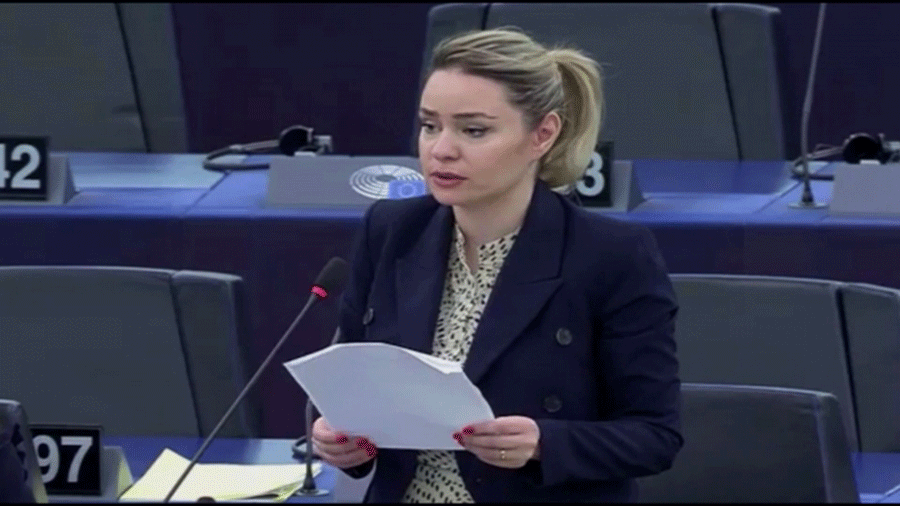At PACE Summer Session, the Member of Armenian delegation to PACE Sona Ghazaryan delivered a speech.
“We are currently witnessing a widespread introduction of technologies, with basic digital tools becoming increasingly essential for fulfilling our fundamental needs. However, this growing reliance on digital technologies has also led to the emergence of inequalities in various domains. The impact of these disparities was felt acutely during the COVID-19 pandemic, as well as in war zones and areas affected by humanitarian crises.
For example, during the pandemic, students required tablets and specialized devices to exercise their fundamental right to education. This highlighted the existence of a digital divide, with unequal access to digital technologies. In rural areas, this divide was even more pronounced, as certain states lacked the necessary devices and internet connectivity. Despite the government’s efforts to ensure equal access, these attempts were not uniformly successful across all states.
The digitalization of public services is another key priority for many member states. However, as outlined in the report, people, particularly those residing in rural areas, face challenges in conducting administrative procedures online.
Read also
Therefore, it is crucial that we transition from merely striving for 100% digital public services to guaranteeing 100% accessibility of these services. Positive examples, such as public libraries in the Netherlands providing access to devices and the internet for those in need, demonstrate potential solutions.
In conflict zones, the digital divide is further deepened for children who have limited access to devices and the internet, such as those taking refuge in bomb shelters. Our Ukrainian colleagues have shared the dire situation where access to devices is nonexistent. Only through the assistance of international donors can we provide not only digital devices but also the necessary training for their use. A similar scenario unfolds in Nagorno Karabakh, where the region’s total blockade and lack of electricity exacerbate the digital divide.
It is essential for governments to place a high priority on implementing strategies that aim to bridge the gap between those who have access to digital resources and those who do not. These policies should center around ensuring that digital technologies, tools, and services are available to everyone in a manner that is fair, accessible, affordable, and secure. The ultimate goal is to guarantee equal opportunities for all individuals to participate in and benefit from the digital world.
In conclusion, it is evident that the increased reliance on digital technologies has widened the inequalities present in our society. Whether it is the lack of devices and internet access for the elderly in rural areas, the unequal distribution of educational resources during a pandemic, or the challenges faced by individuals in conflict zones, addressing these disparities requires collaborative efforts and innovative solutions.”
National Assembly of the Republic of Armenia
























































